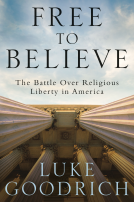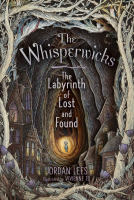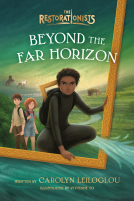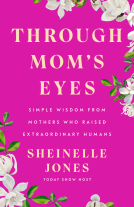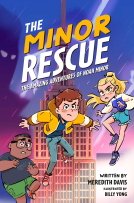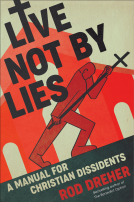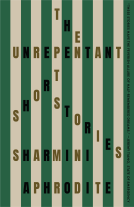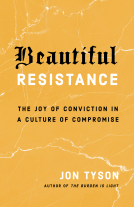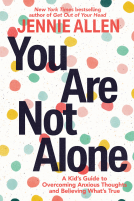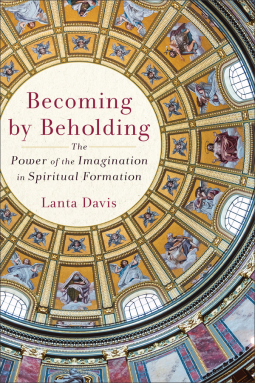
Becoming by Beholding
The Power of the Imagination in Spiritual Formation
by Lanta Davis
This title was previously available on NetGalley and is now archived.
Send NetGalley books directly to your Kindle or Kindle app
1
To read on a Kindle or Kindle app, please add kindle@netgalley.com as an approved email address to receive files in your Amazon account. Click here for step-by-step instructions.
2
Also find your Kindle email address within your Amazon account, and enter it here.
Pub Date Jul 30 2024 | Archive Date Aug 13 2024
Baker Academic & Brazos Press | Baker Academic
Talking about this book? Use #BecomingbyBeholding #NetGalley. More hashtag tips!
Description
Christianity Today 2025 Book Award Finalist (Culture, Poetry, and the Arts)
Southwestern Journal of Theology 2024 Book Award (Honorable Mention, Discipleship / Spiritual Formation)
We tend to think of the imagination as the realm of fantasy and makebelieve. However, the imagination shapes our vision of reality in that the stories, symbols, and places that capture our hearts become part of who we are.
Becoming by Beholding restores the imagination to its central role in spiritual formation by recovering key works from the Christian tradition, enabling us to experience the formative power of the imagination for ourselves. It also revives "the art of fashioning the soul" as an essential aspect of Christian spiritual formation and character development.
Lanta Davis explains that many of the problems at the heart of the Christian church today--such as nationalism, consumerism, and partisan politics--stem from a crisis of the imagination. She encourages us to reorient our gaze from diseased cultural forms and fix our eyes instead on works from the historic Christian imaginative tradition that better reflect the love, joy, and wonder of the gospel.
Becoming by Beholding will appeal to professors and students in spiritual formation, worldview, and theology and arts courses as well as to all Christian readers interested in the intersection of theology and art. Each chapter introduces a different work of the Christian imagination: icons, sacred architecture, imaginative prayer, bestiaries, and personifications of the virtues and vices. The book also includes a twenty-page insert featuring numerous full-color images.
Advance Praise
“In a world enamored of the literal and the quantifiable as royal avenues to truth, we need reminders that the way we feed and direct our imagination is crucial to who we become. This valuable volume invites us to pause from stuffing mental fast food into the hungry spaces in our souls and feast instead on gourmet fare from the Christian past. Whether you are drawn more by the dragons, the cathedrals, or the lady virtues, there is food for the Christian imagination here to linger over and savor.”—David I. Smith, director, Kuyers Institute for Christian Teaching and Learning, Calvin University
“The church—Protestant, Catholic, and Orthodox—should thank Lanta Davis for this book. It quickens the spirit and delights the heart. Each page reminds you of the astonishing breadth and beauty and magic of the kingdom of God. Through Dr. Davis’s exploration of Scripture, medieval bestiaries, poems, cathedrals, icons, and paintings, our imaginations are reignited! Becoming by Beholding reminds readers of our transcendent God and the absurd faith demanded of his people.”—Jessica Hooten Wilson, Fletcher Jones Chair of Great Books, Pepperdine University
“Becoming by Beholding is a work to behold. Not only is this book a study in beauty, imagination, and spiritual formation; it also models the very practices it preaches. To read it is to witness beauty and imagination at work and thus to leave its pages better formed and more ready to be formed by all the goodness the world has to offer.”—Karen Swallow Prior, author of The Evangelical Imagination
“A contemplative imagination catalyzes Christian transformation. If you don’t believe that, read this book. Becoming by Beholding ushers us into a rich, strange, and beautiful art gallery that unveils our own hearts and minds. Davis’s engaging tour draws deeply from the Christian tradition of spiritual masters to show how the architecture of Chartres Cathedral, iconic imagery of Jesus, Station Island’s stations of the cross, and the literary genius of Dante teem with spiritual insights that reveal Christ and his life in us.”—Rebecca Konyndyk DeYoung, professor of philosophy, Calvin University; author of Glittering Vices
“Do you think nonfiction is more serious, grown-up, and useful than moving stories, beautiful buildings, and pretty pictures? Let Lanta Davis guide you through the Christian artists and makers who testify across the centuries that the stories and images we behold indelibly shape our souls. This book provides a needed antidote to the kitsch that clutters the hearts and minds of far too many Christians.”—Jeffrey Bilbro, associate professor of English, Grove City College; editor-in-chief, Front Porch Republic
“The ‘attention economy’ is exhausting. Overstimulated, we fall captive to fear, cynicism, and despair. In this book, Lanta Davis offers a way of escape—not from reality, but to it. With the wisdom of a master guide, she takes us on a pilgrimage, excavating the riches of the Christian imaginative tradition. The journey is illuminating and surprising, marked by encounters with holiness, the only thing that can heal the eyes of the heart.”—Justin Ariel Bailey, associate professor of theology, Dordt University
Available Editions
| EDITION | Other Format |
| ISBN | 9781540966186 |
| PRICE | $27.99 (USD) |
| PAGES | 240 |
Available on NetGalley
Average rating from 9 members
Readers who liked this book also liked:
Sheinelle Jones
Biographies & Memoirs, Parenting, Families, Relationships, Self-Help
Sharmini Aphrodite
Literary Fiction, Multicultural Interest, Novellas & Short Stories

